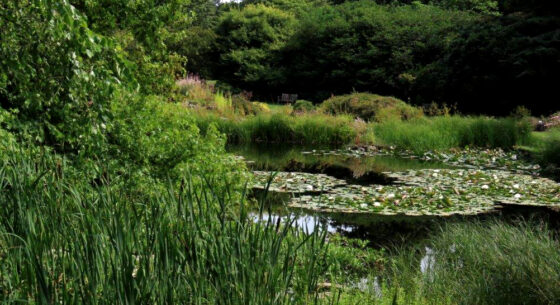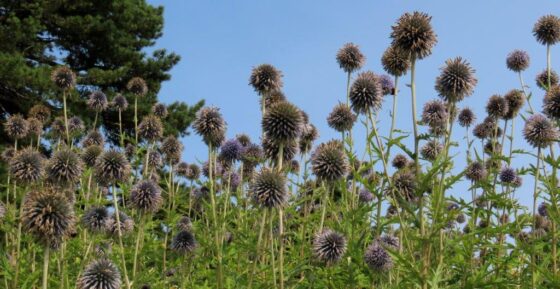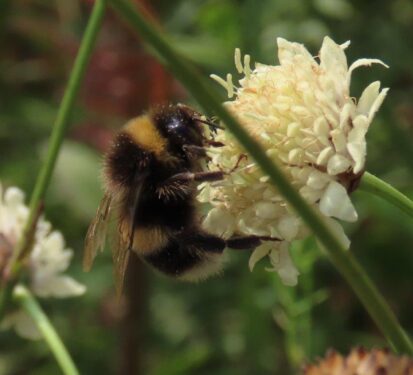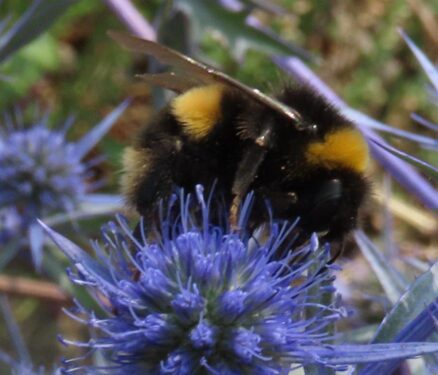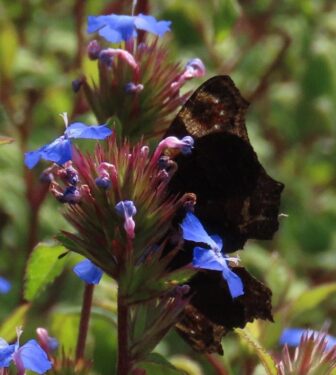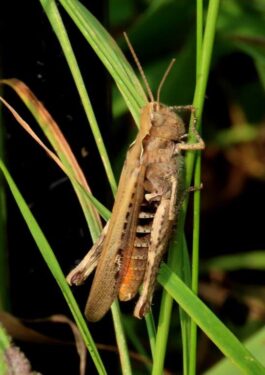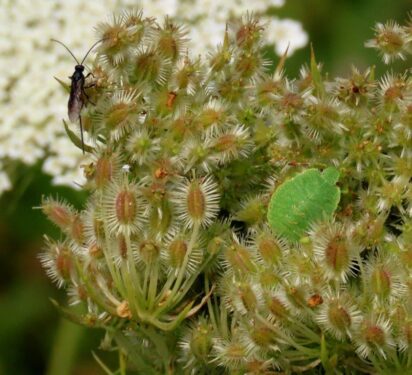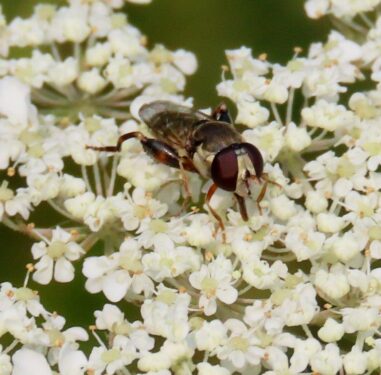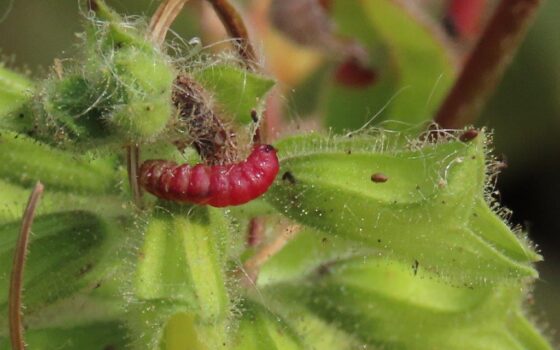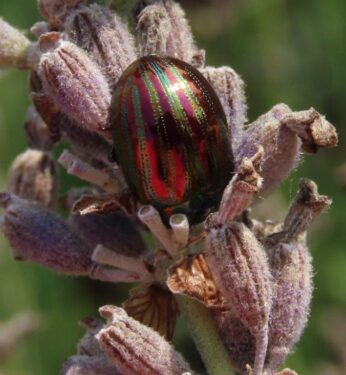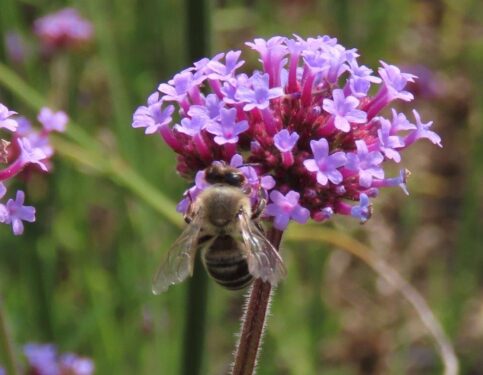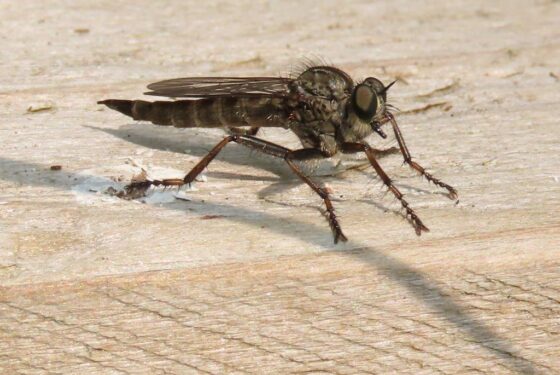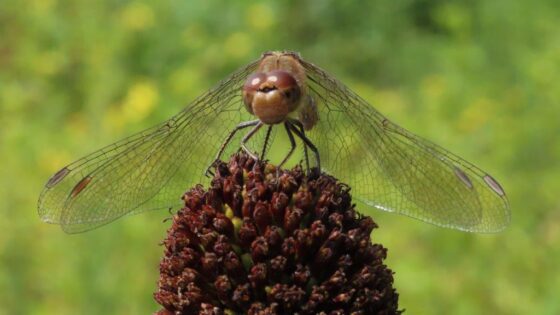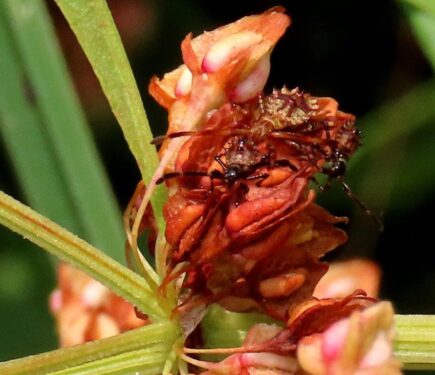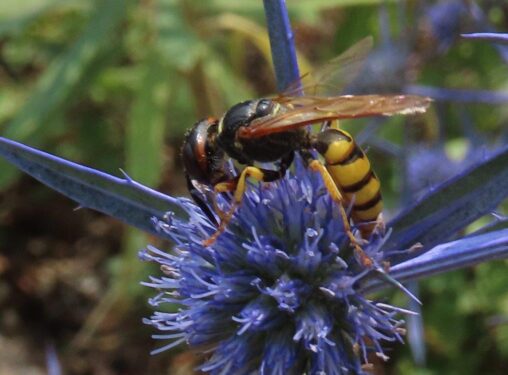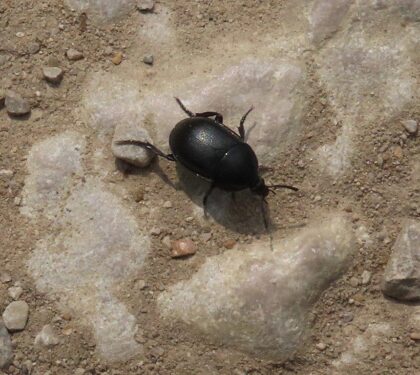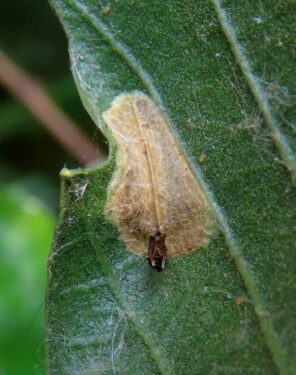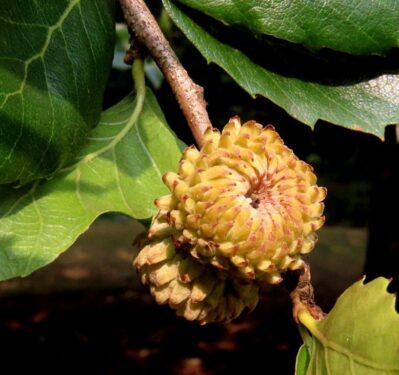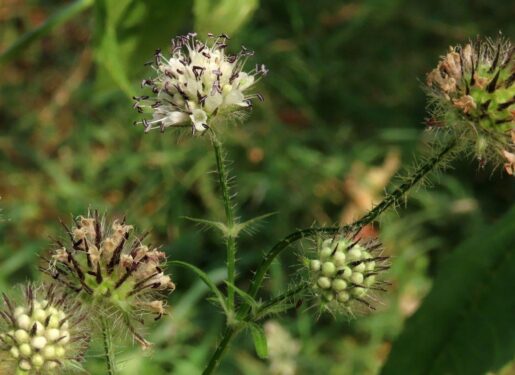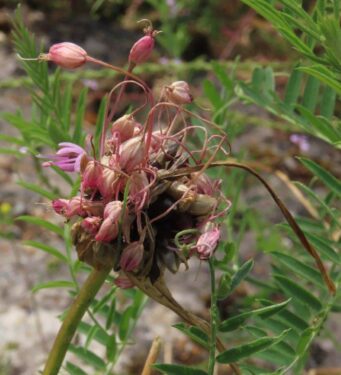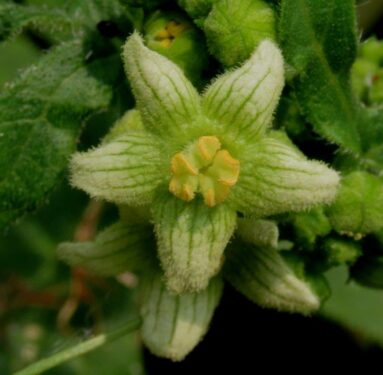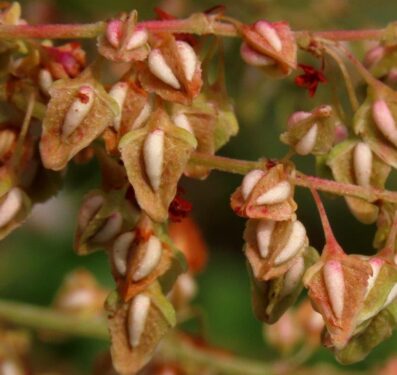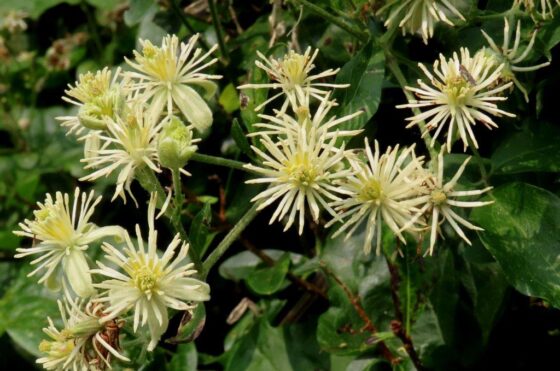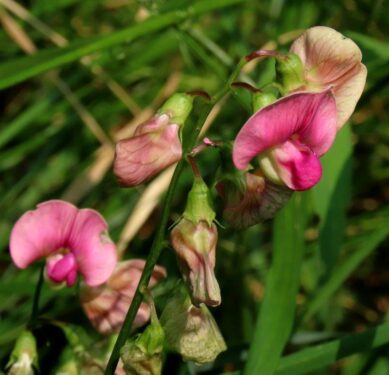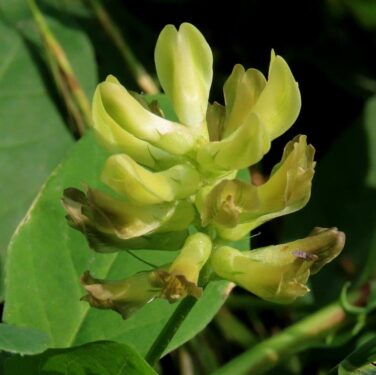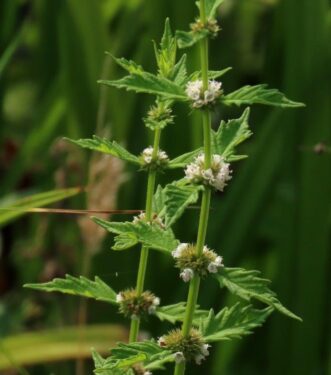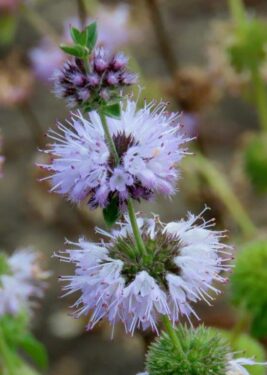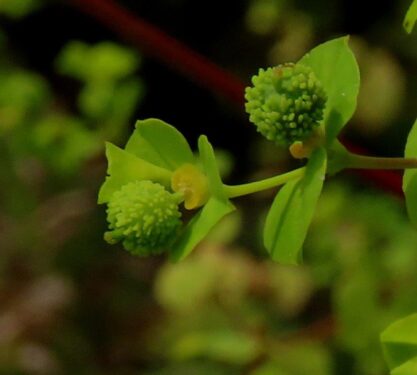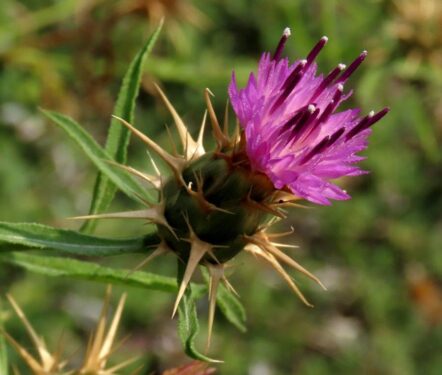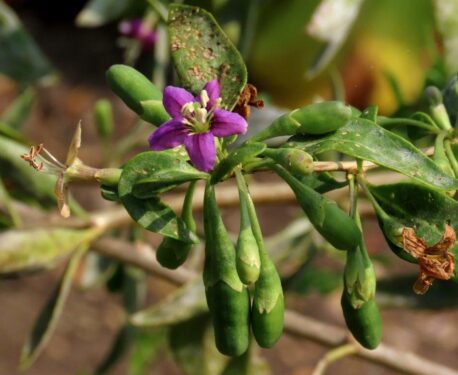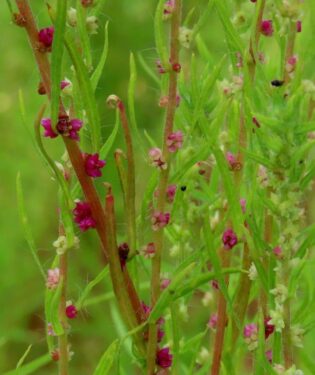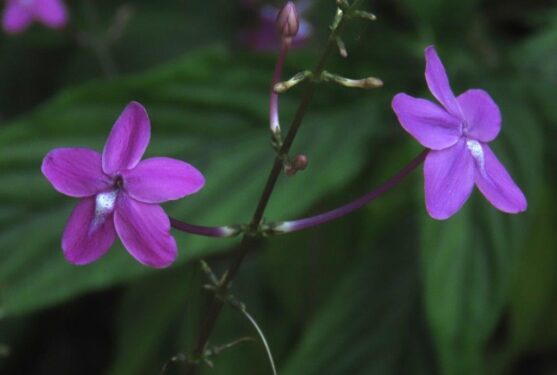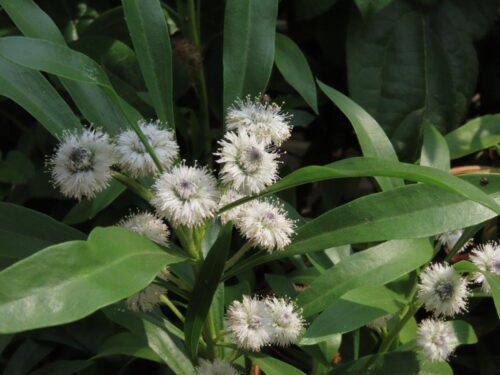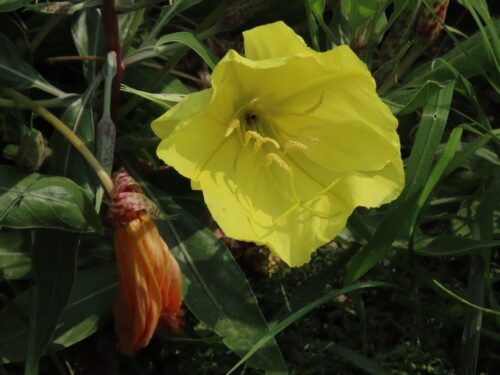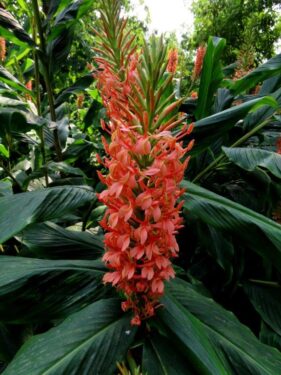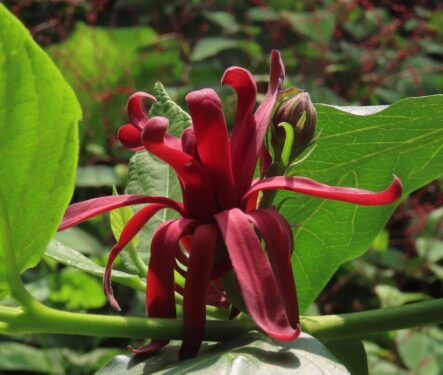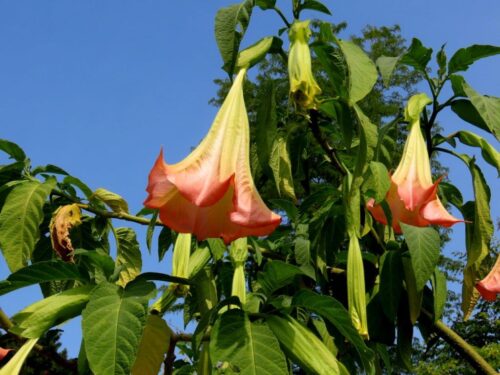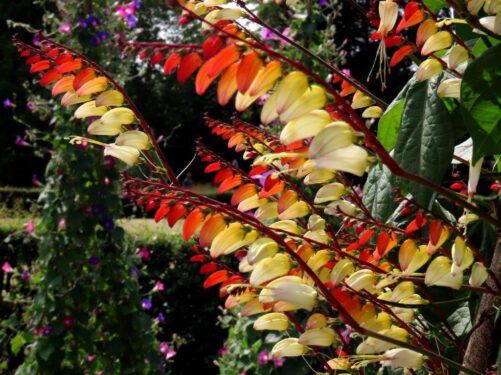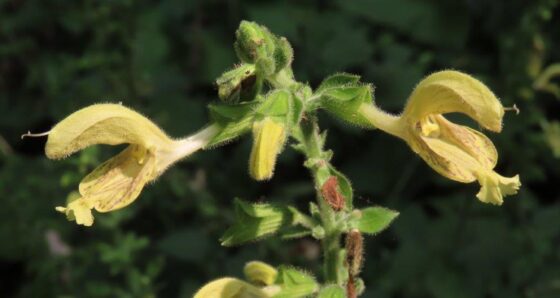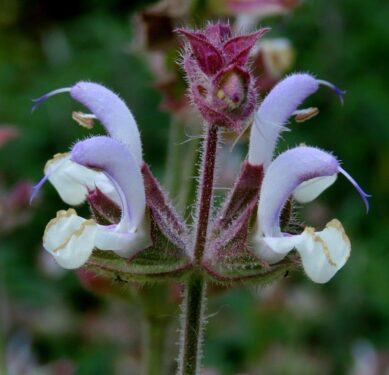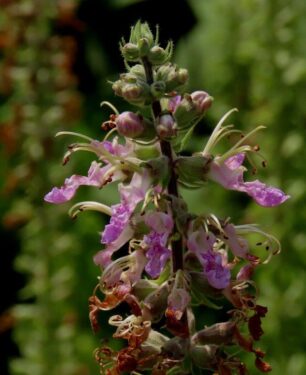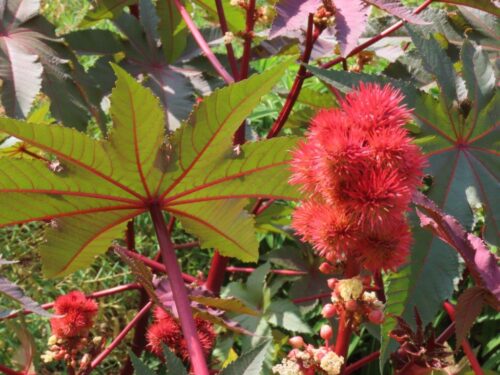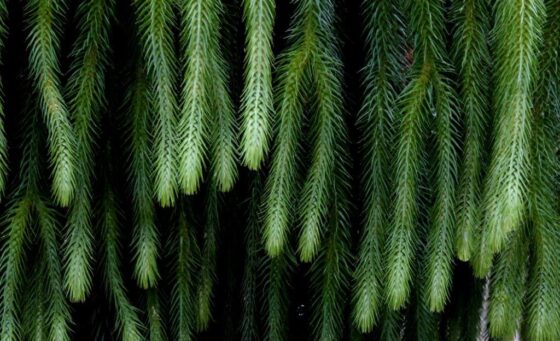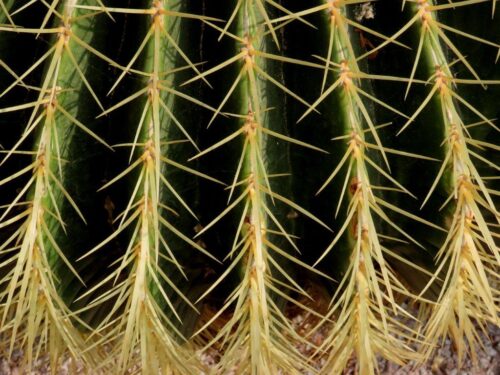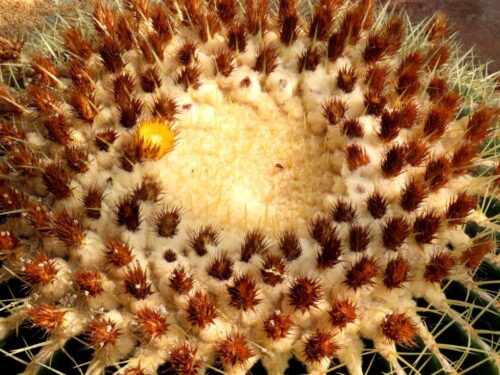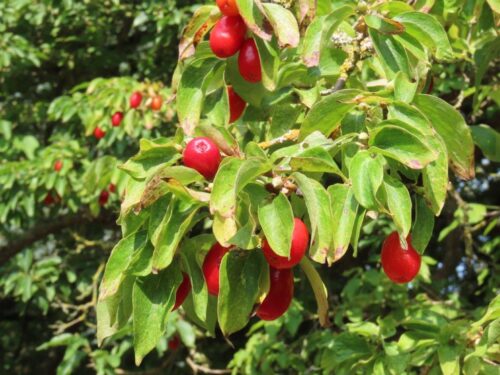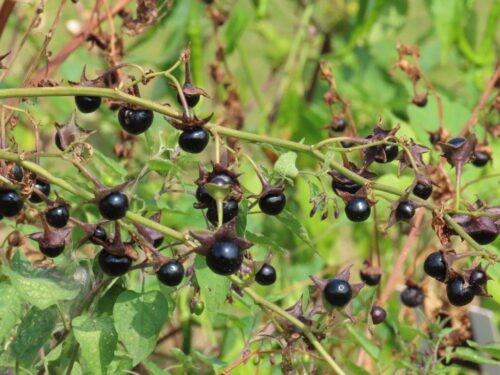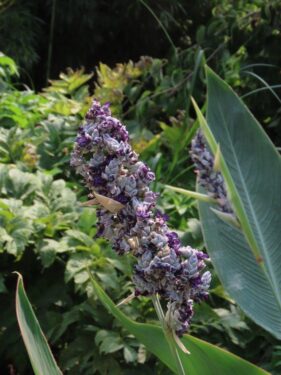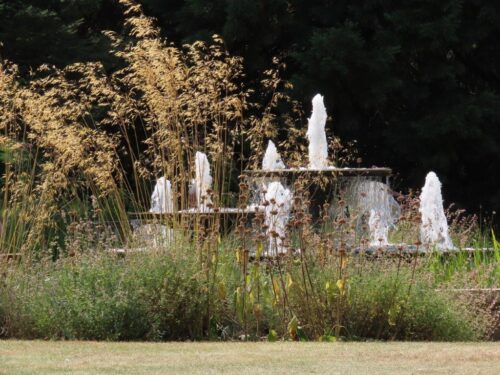A summertime trip to Cambridge Botanic Garden is always in order: there are the flowers of course, but also insects using the garden’s resources. Well, at least in most years: the poor insect showing of 2024 has been mentioned time again in these blogs, and sadly the story was the same here last week.
Of course there were insects, but fewer in number and range than we hoped for, although bumblebees at least seemed to be thriving, albeit almost all of just one species (Buff-tailed), around the flowers of Eryngium, Scabiosa, Echinops and Lavandula in particular.
Otherwise the following selection shows quite a good range of insects, although remember that all too many of these were just single individuals.
Several things though we did find noteworthy, from the remarkable camouflage of multi-instar aggregations of Dock Bugs on the seeds of Great Water Dock to foraging Bee-wolves, not particularly special nowadays but always a thrill for those of us with memories back to the 20th century, when they were restricted to far southern heathlands…
… and a new carrion beetle to us, Silpha laevigata, a specialist of the Chilterns and North Downs chalk on account of it favoured prey, snails.
Another, perhaps less unexpected, surprise was on the leaves of one of the Mediterranean evergreen oaks, Quercus trojana, which bore leaf-mines identical to those of the micromoth Phyllonorycter messaniella. This is familiar to us now as a miner of Holm Oak, but not according to our researches this new host species. Then again, who is looking?
Apart from that it was left to the plants to entertain, including species (sometimes rather rare) native to our shores …
… to those that have established themselves in the wild from cultivation in the past few centuries …
… and those that, at least for now, are garden novelties only.
Otherwise it was up to certain species, here Cornelian-cherry and Deadly Nightshade, to give us a hint of the impending season.
All that is left to say is a twinge of disappointment that the eco-optimism we felt on previous visits may have been misplaced. Where was the long grass? Maybe (being generous) it had already been harvested as hay, but especially after such a slow start to the summer, an August cut would have decimated insect populations. And on that topic, why celebrate the flowering of Thalia dealbata as a point of garden interest, given its now well documented antisocial behaviour, killing pollinators slowly.
Having said that, it was always a pleasure to be there, and so convenient for our preferred travel by rail!
